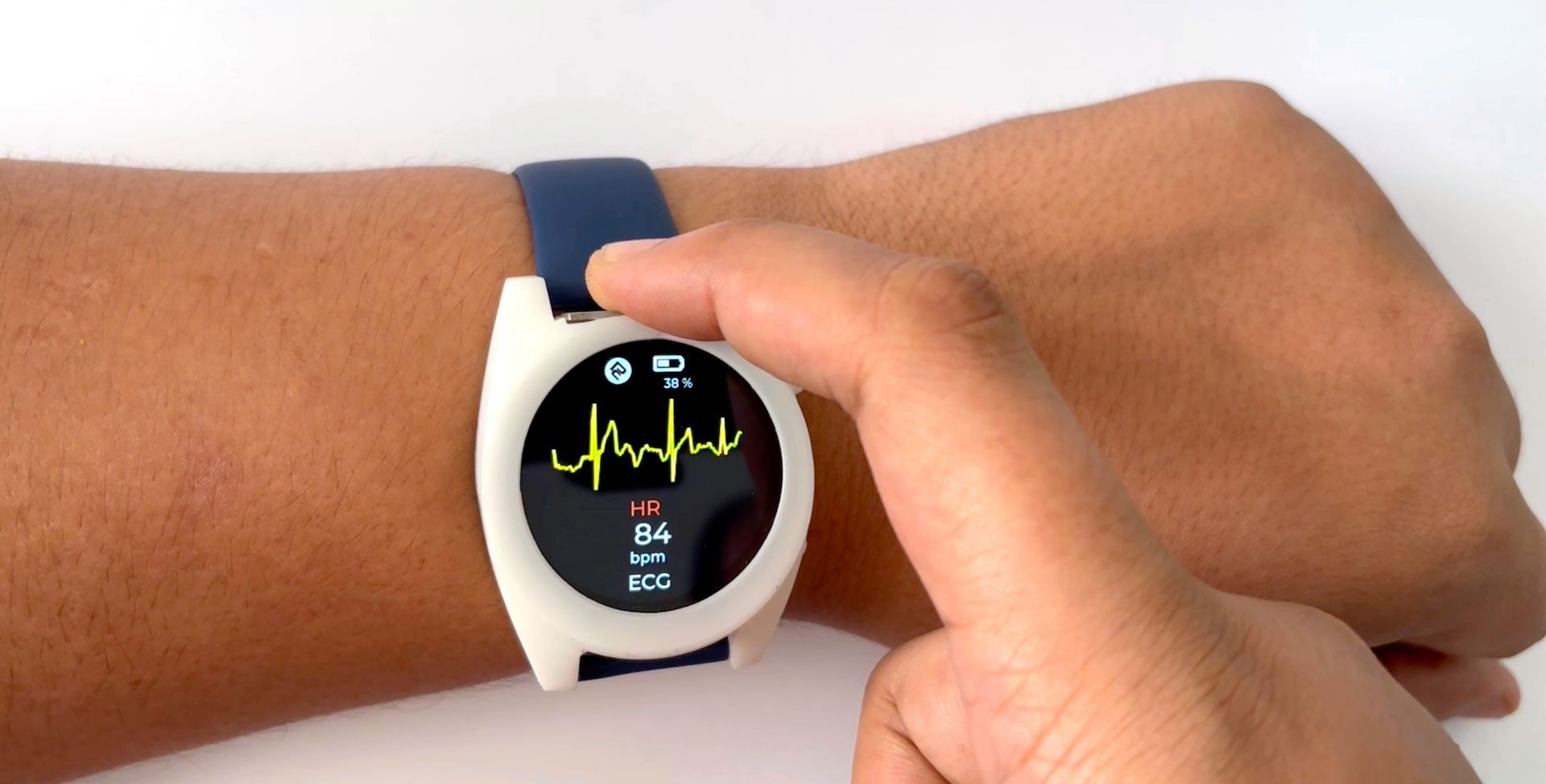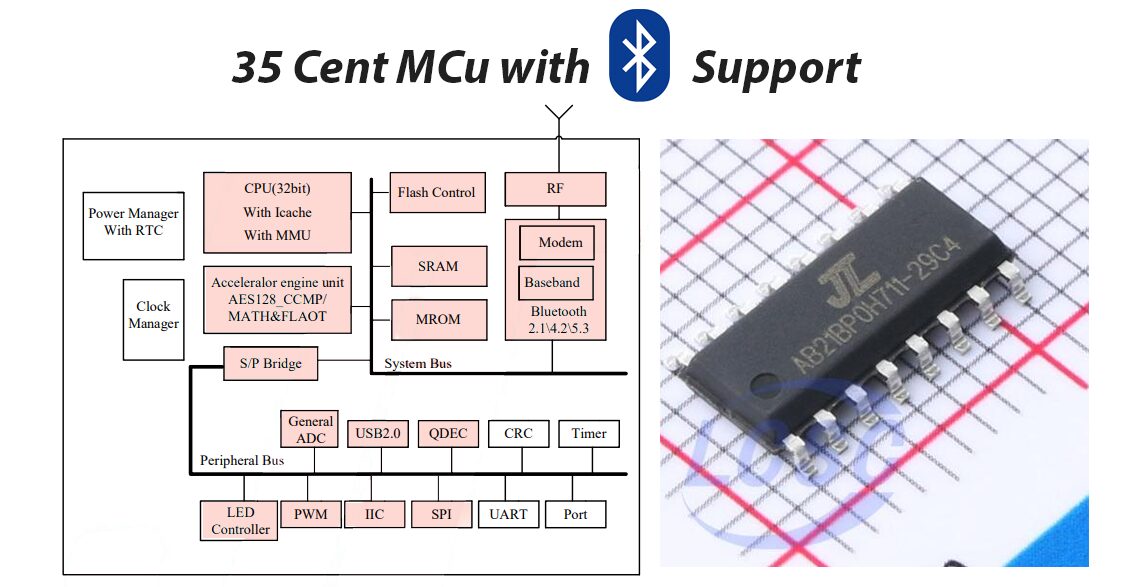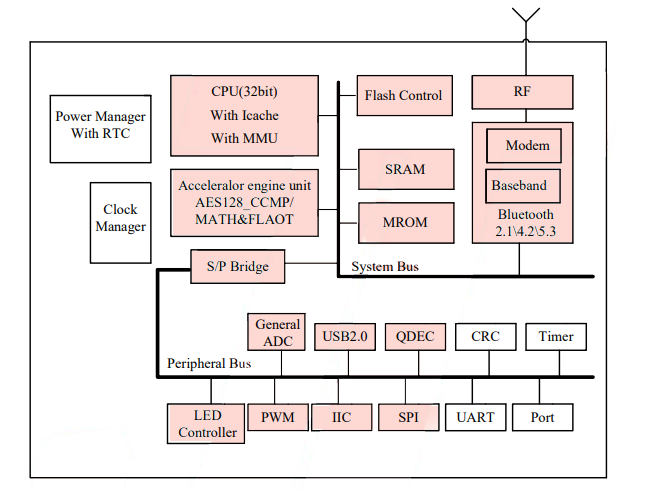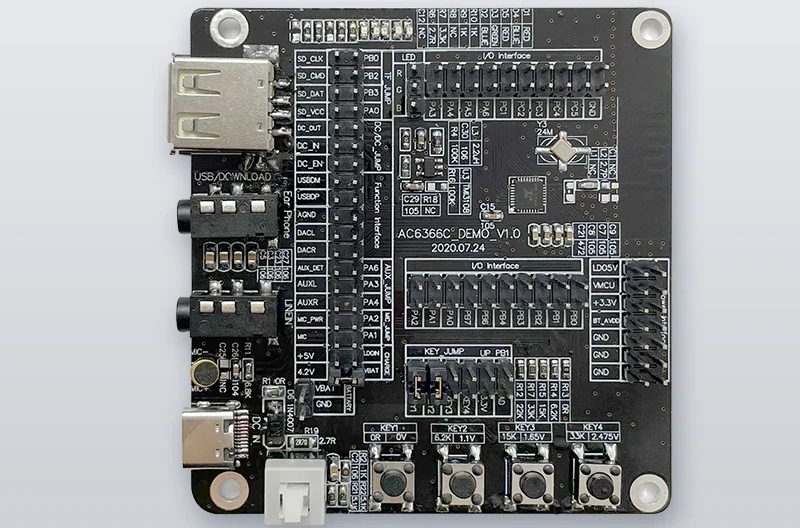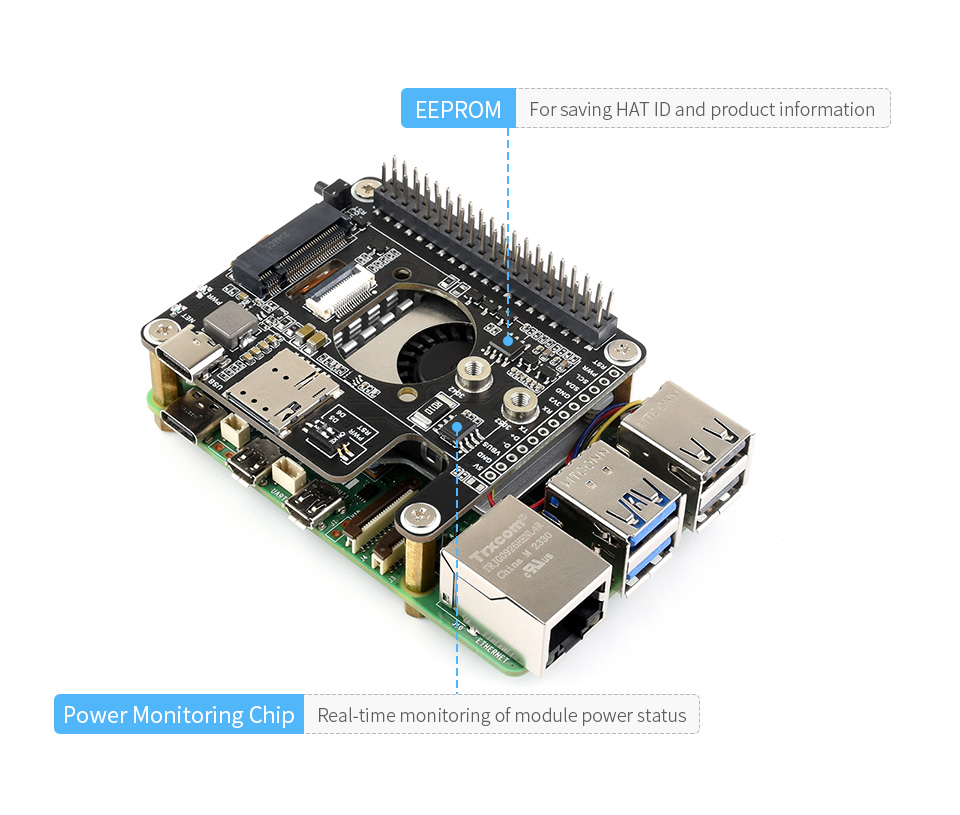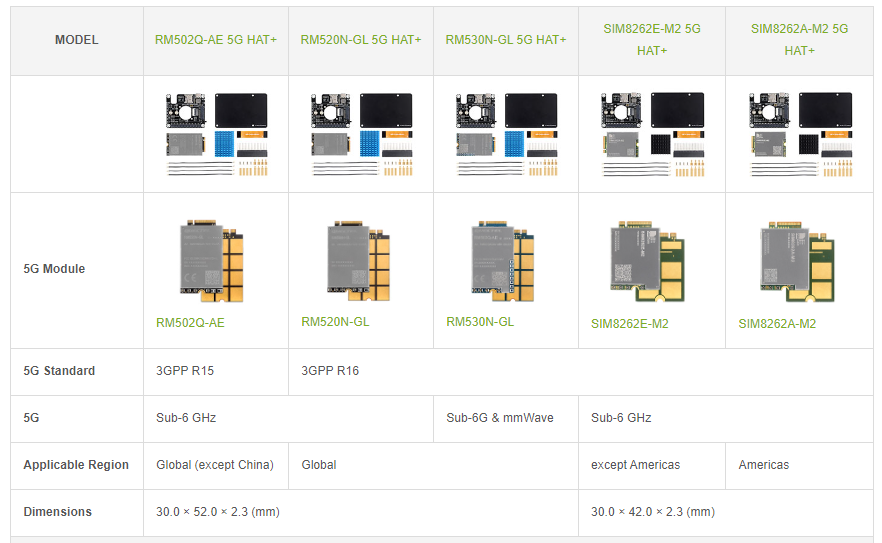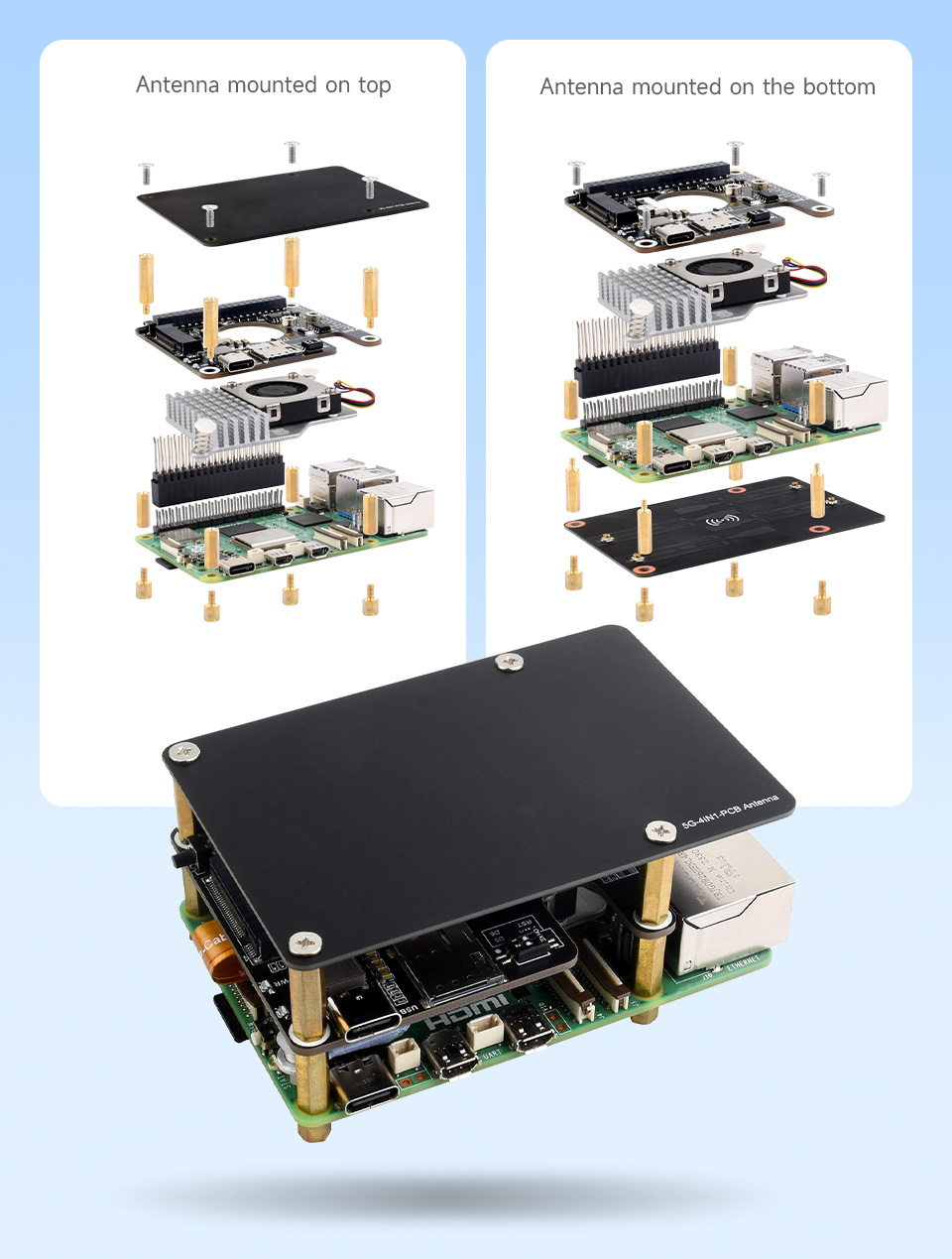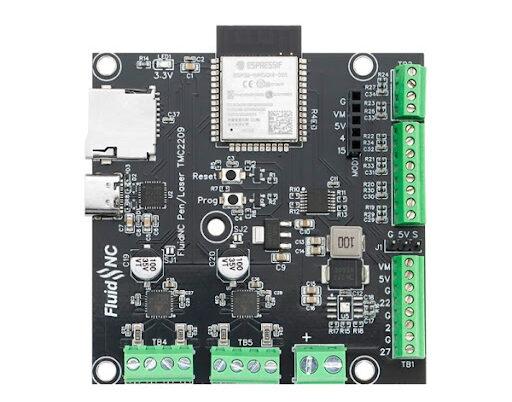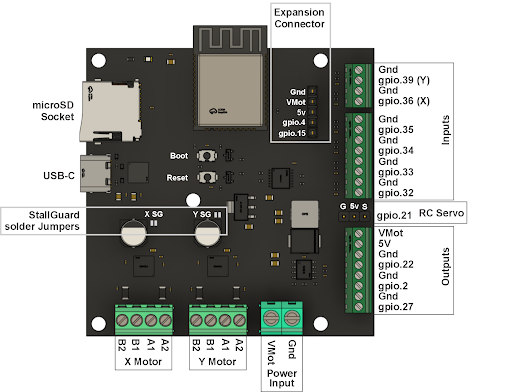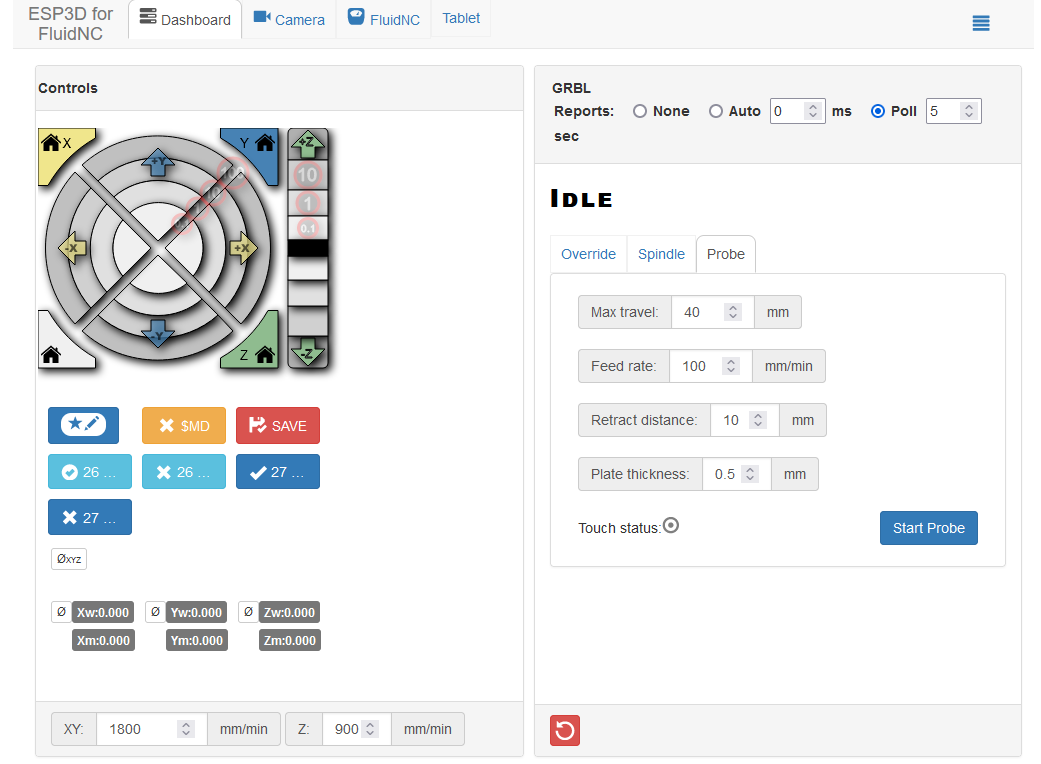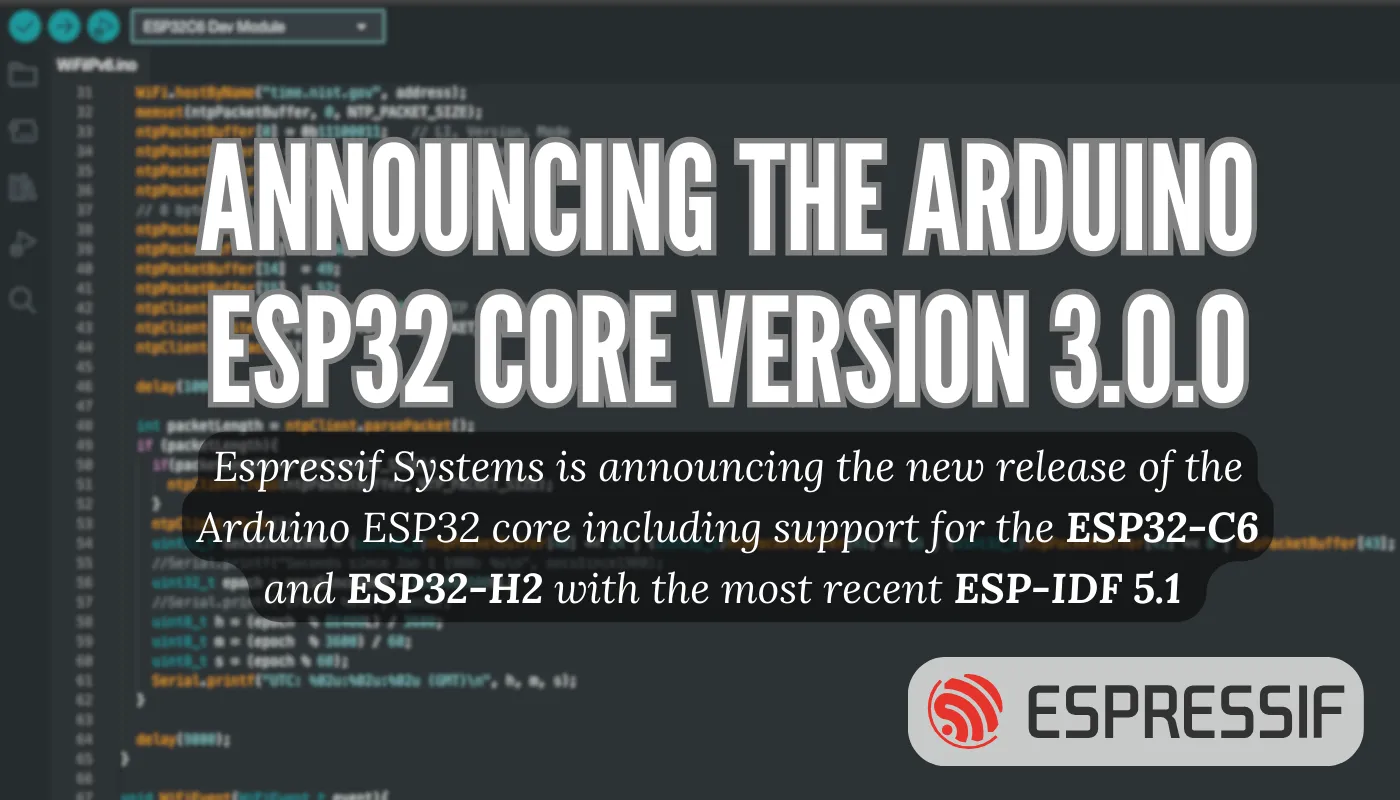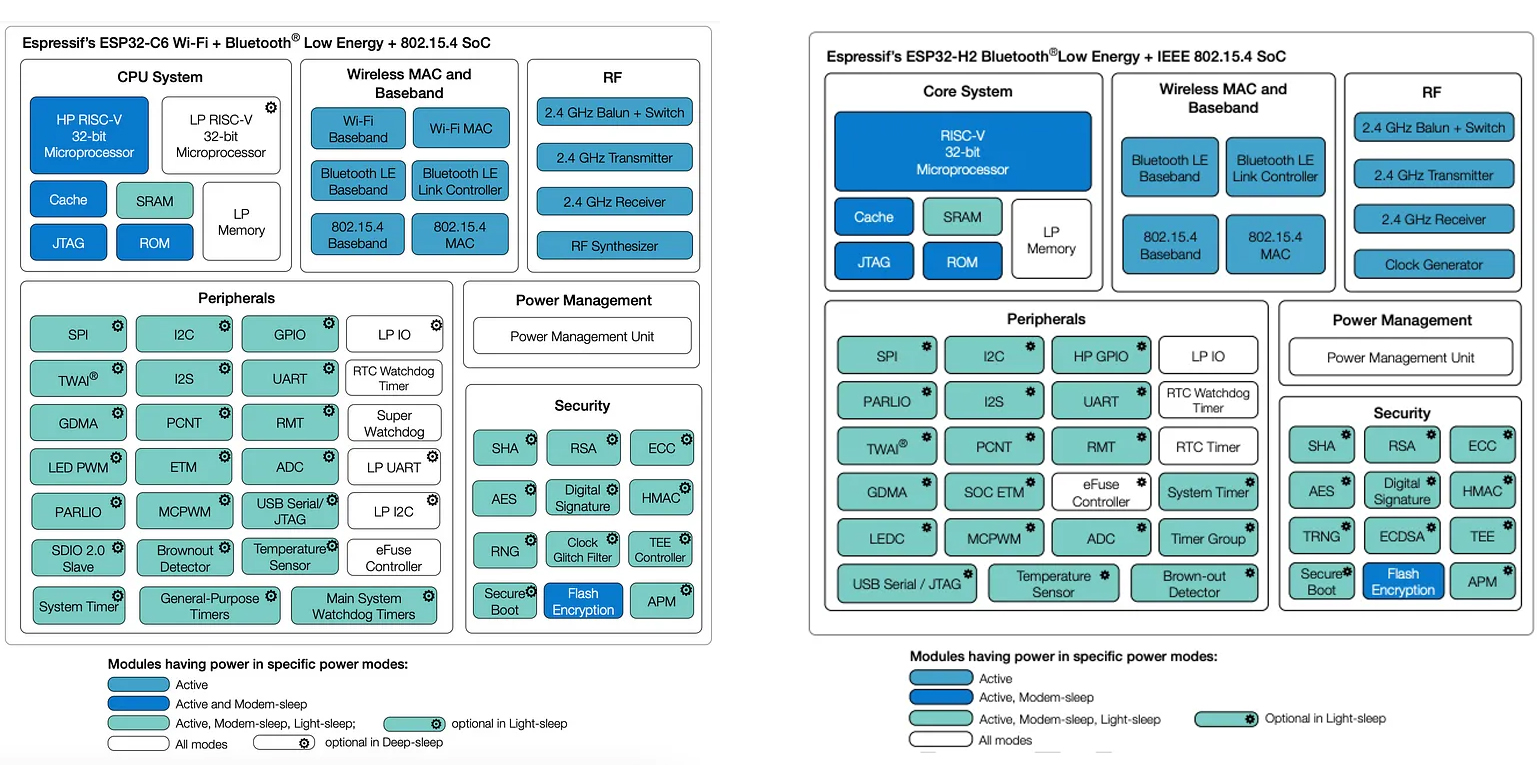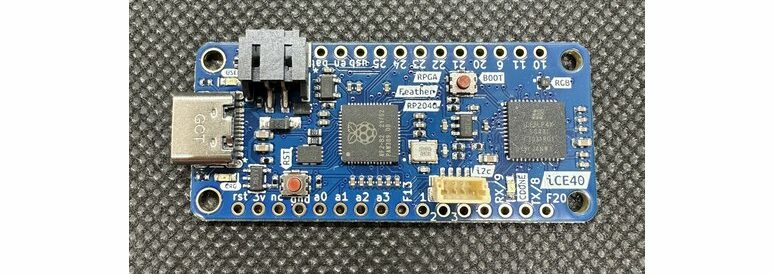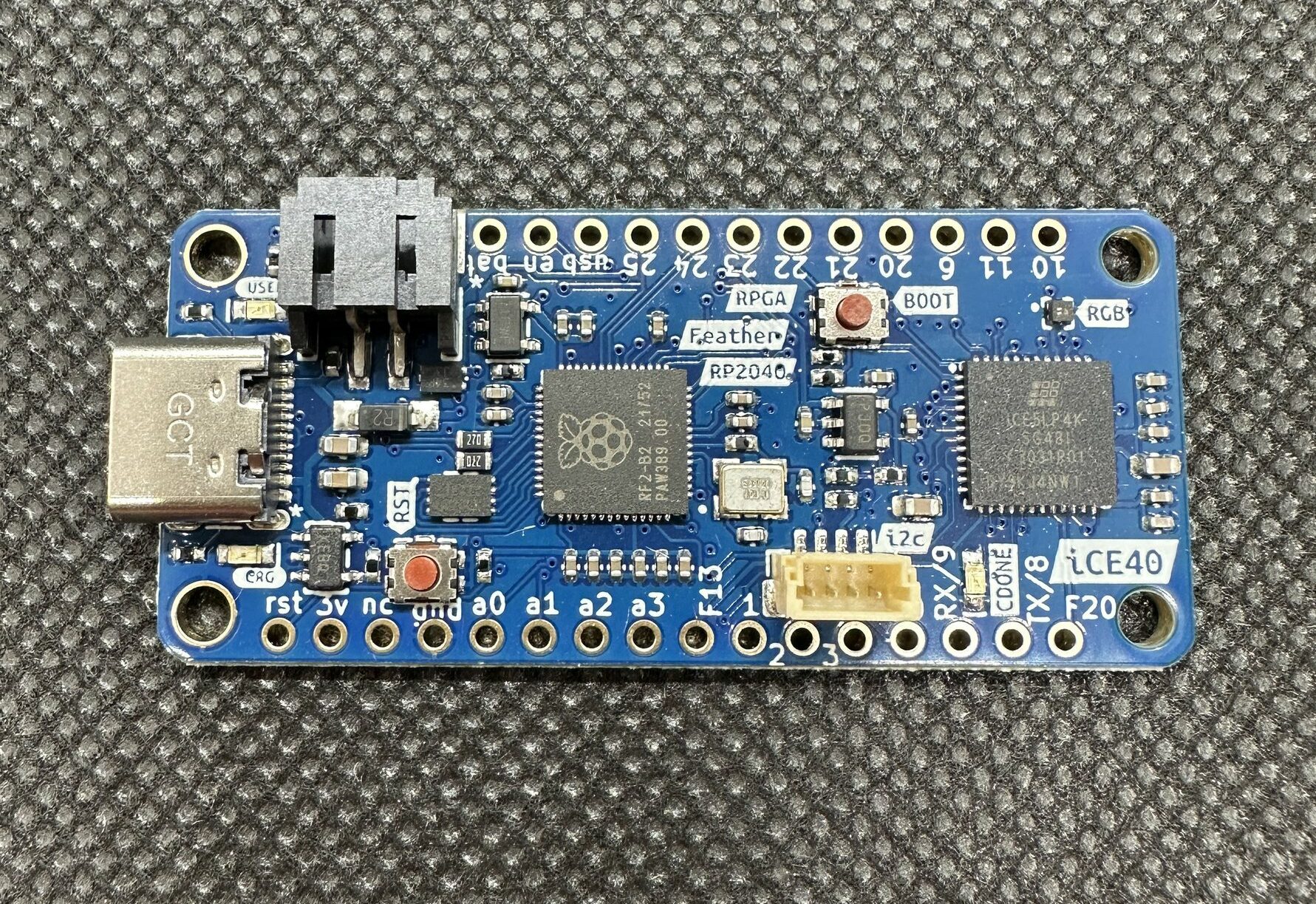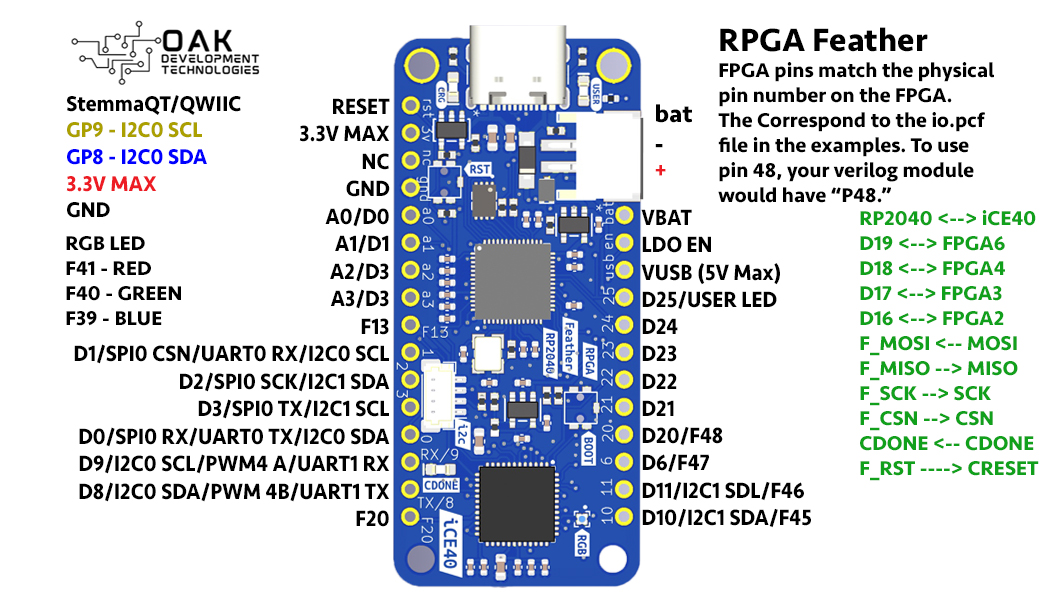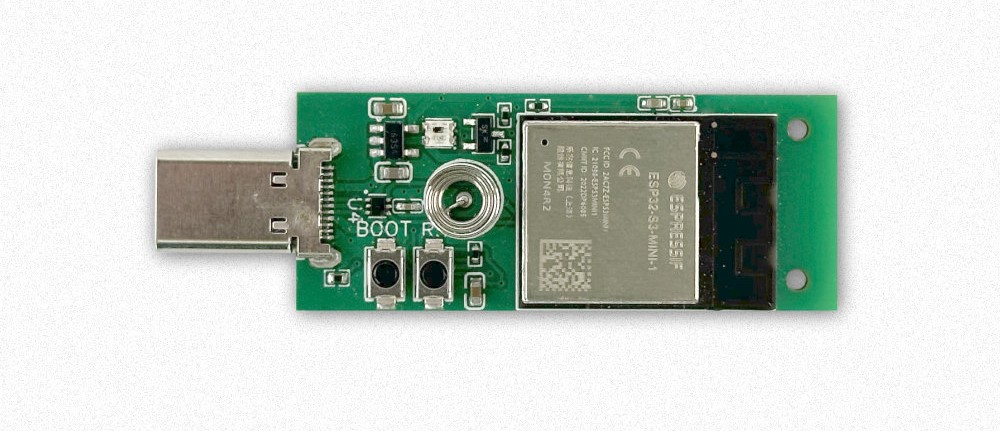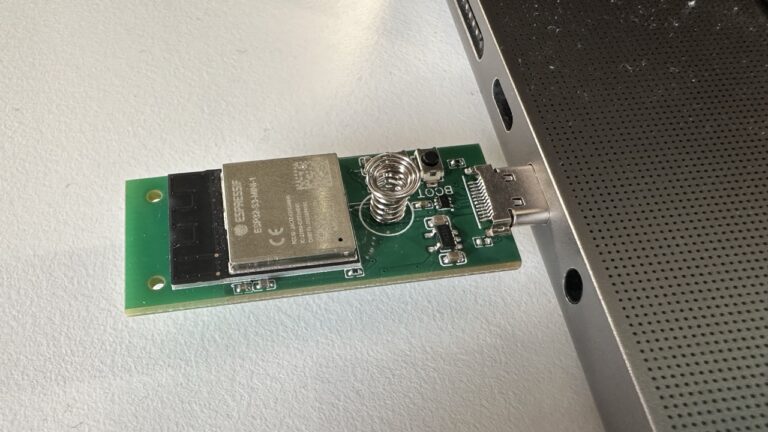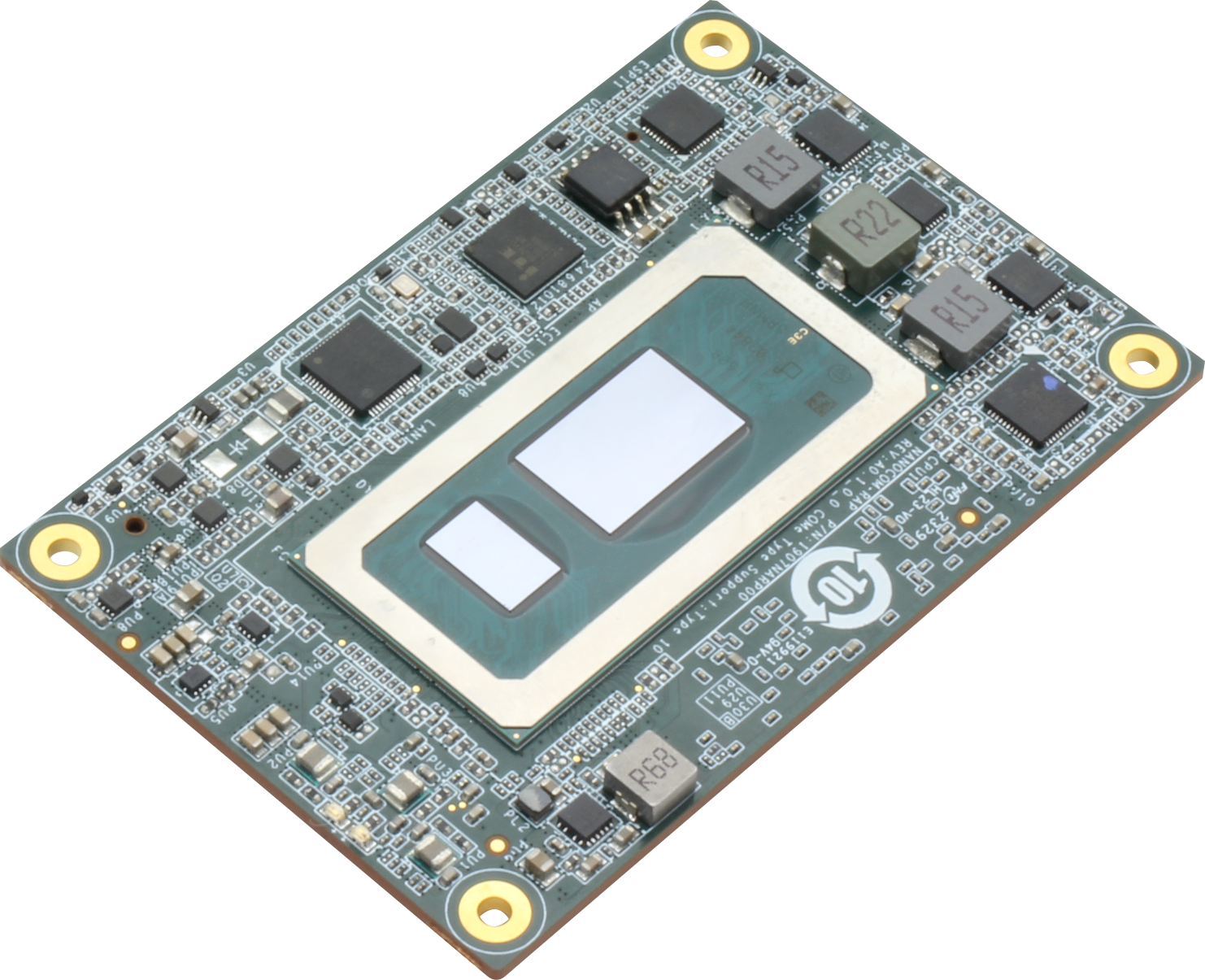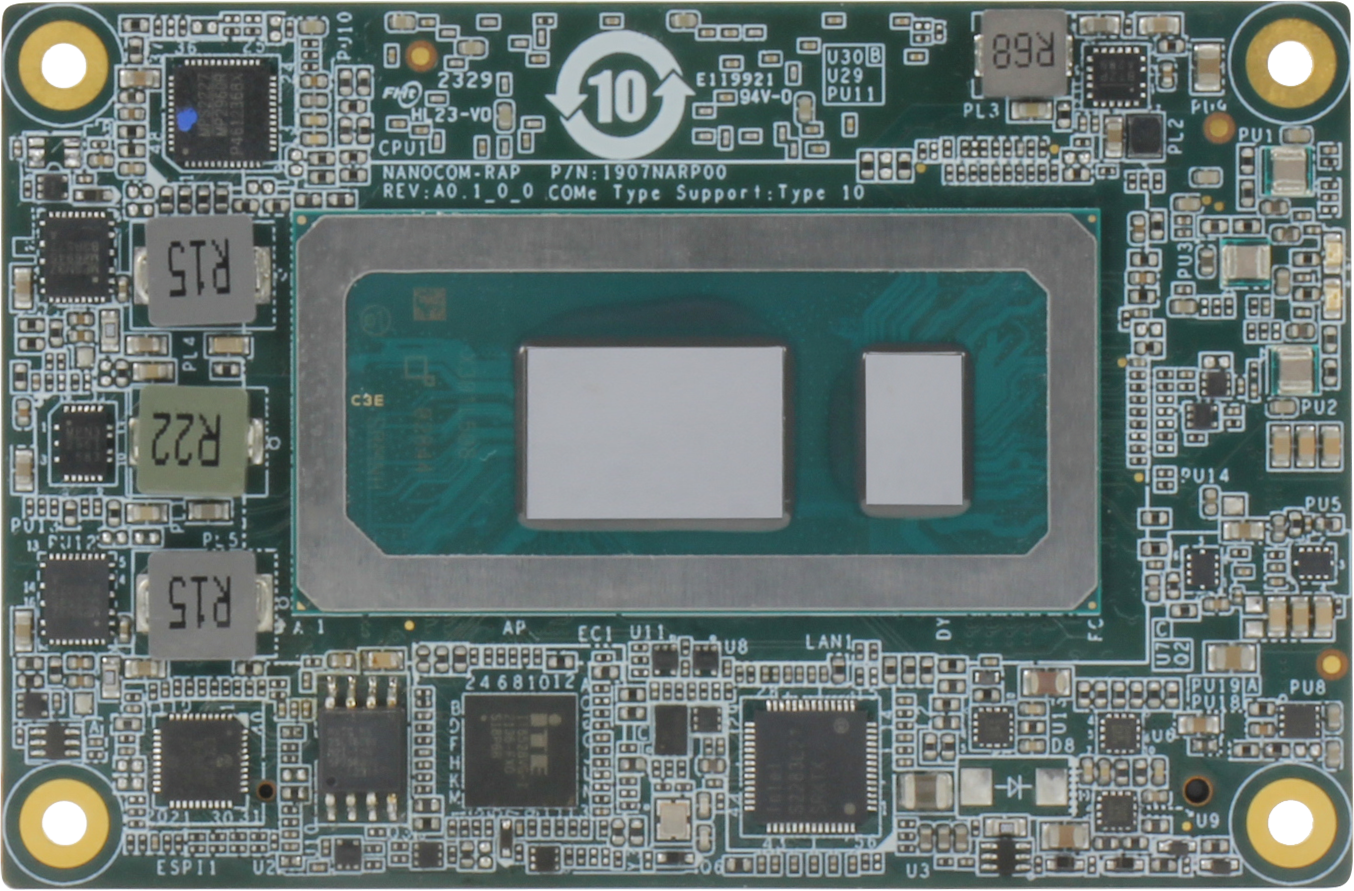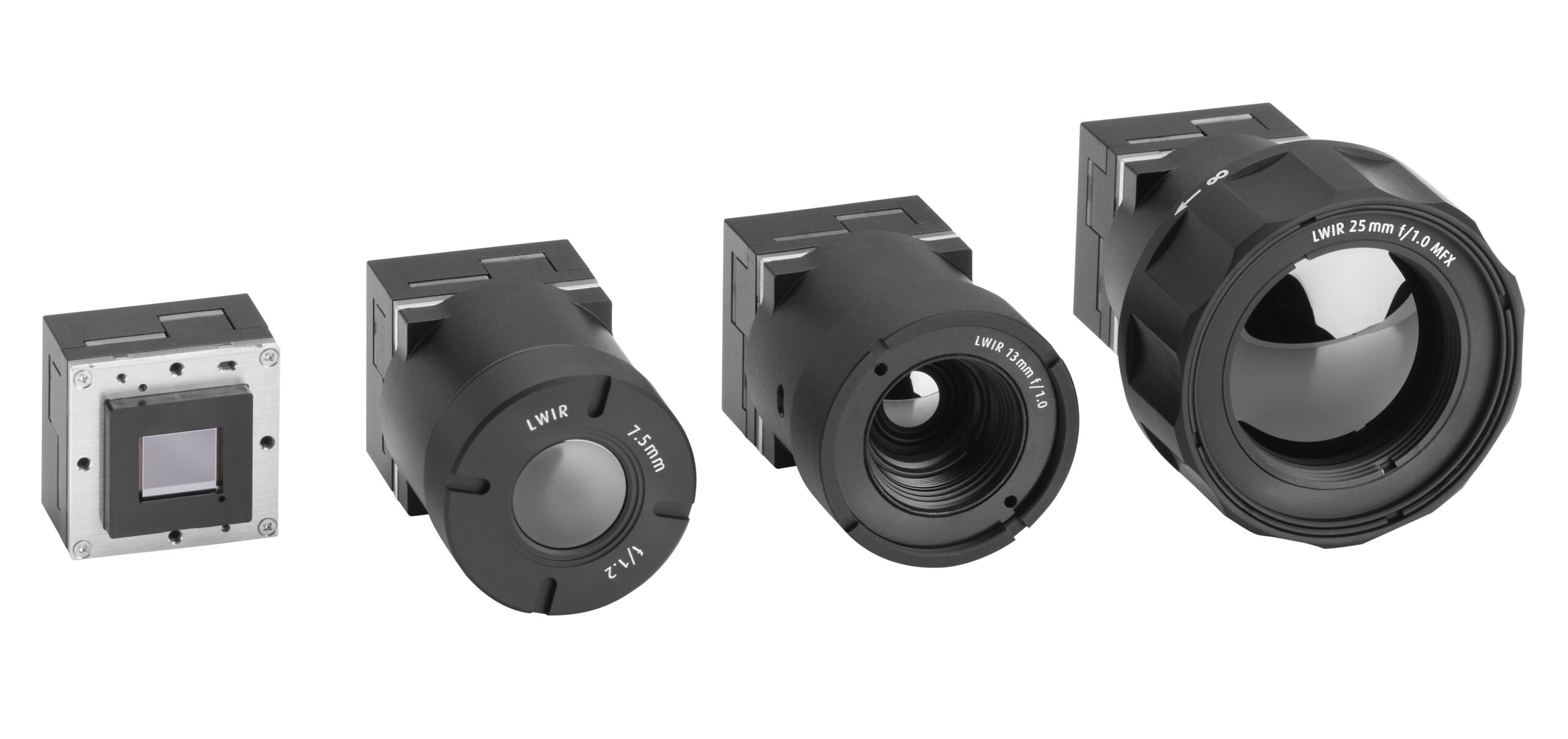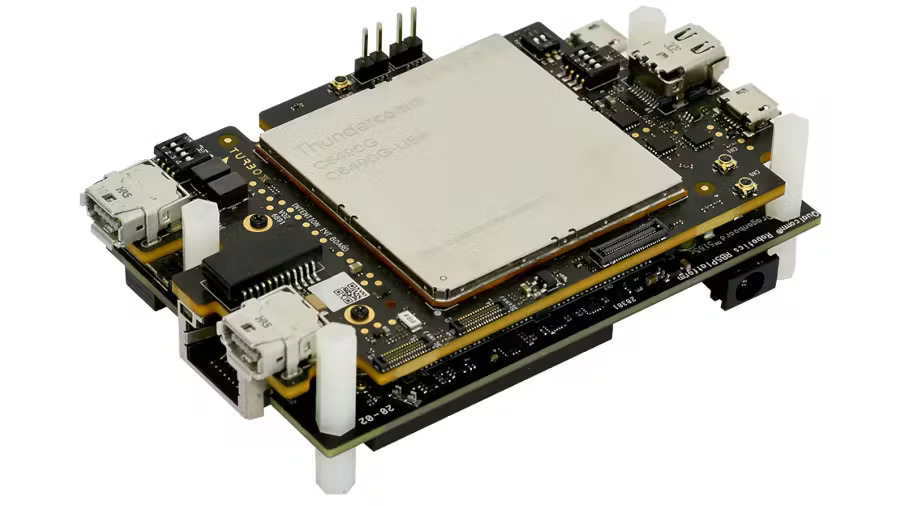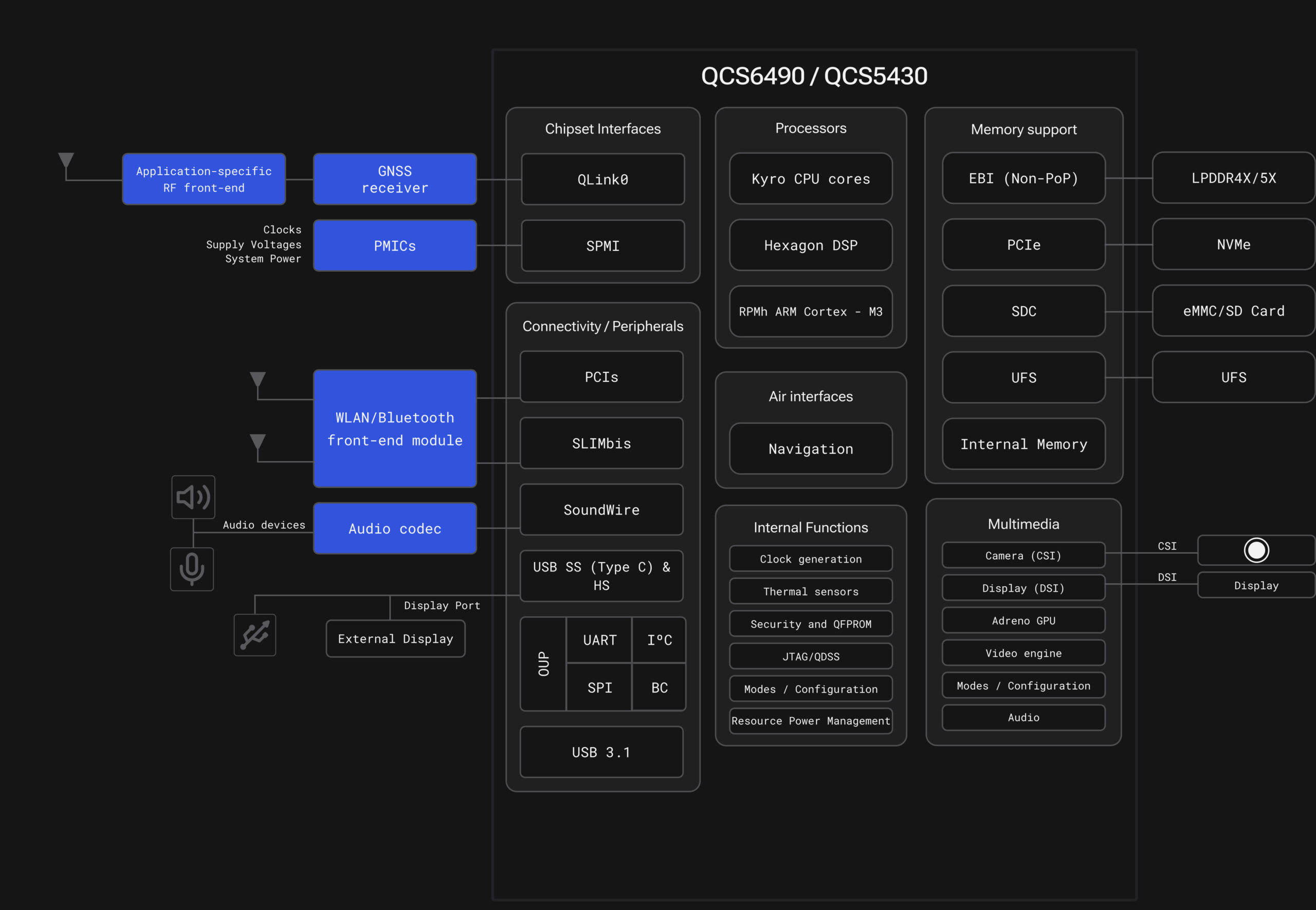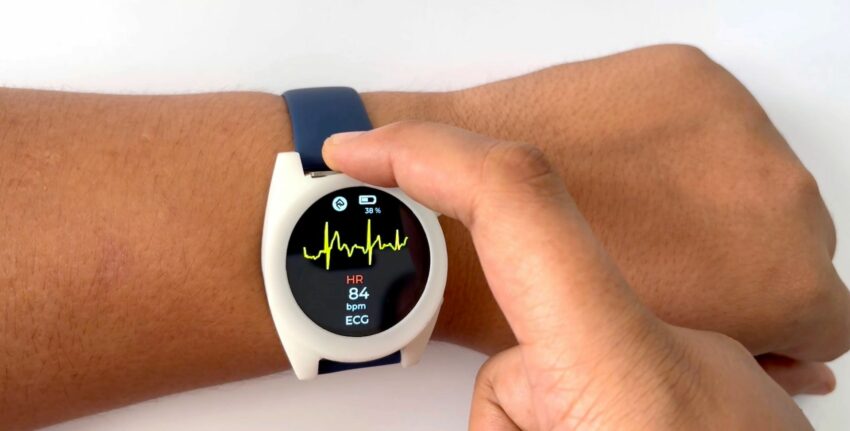
HealthyPi Move is an open-source biometric monitor in a sleek watch form factor, designed for continuous or intermittent monitoring of vital biometric signals such as ECG, heart rate, HRV, PPG, SpO₂, blood-pressure trends, and respiration. Engineered for both everyday use and advanced research applications, HealthyPi Move integrates health tracking seamlessly into personal wellness routines and innovative projects.
HealthyPi Move is built on principles of open hardware, open-source software, clinical-grade precision, ease-of-use, and standalone operation. Unlike many health tracking devices, it does not rely on cloud services or paid subscriptions, making it a versatile tool for personal health tracking, healthcare-related device development, and clinical research. While not currently certified for medical use, it has the potential for medical patient monitoring with appropriate regulatory approval.
Own Your Device & Your Data
In a world where health data is highly valued and often traded, HealthyPi Move ensures that you own your data. The device operates independently of cloud services and subscriptions, providing you with complete control. You can share your data with healthcare providers or use it for research purposes at your discretion. HealthyPi Move’s open-source platform also allows you to train your own models and conduct your own research. Designed for repairability and modularity, HealthyPi Move is easy to maintain and upgrade. Components like the display, main board, sensor board, and battery are easily replaceable, ensuring long-term usability. The device is user-programmable, allowing customization of algorithms and applications.
Sensors & Biometric Signals
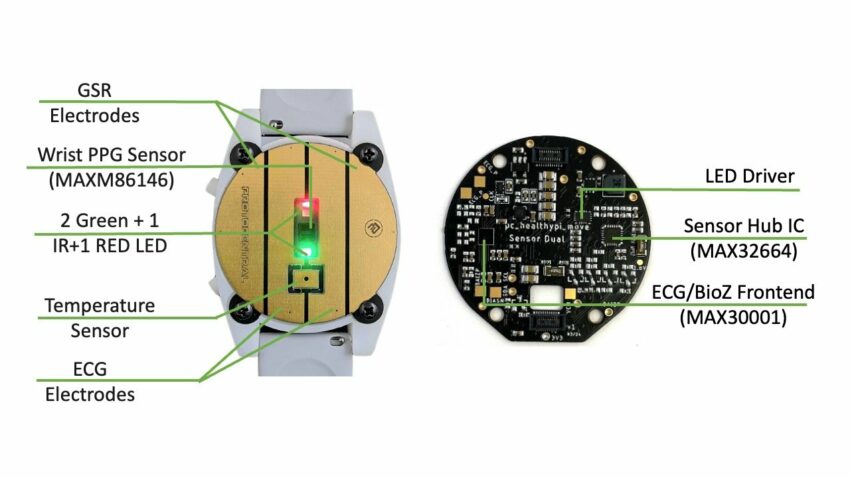
HealthyPi Move is equipped with multiple sensors for comprehensive biometric monitoring:
- Electrocardiogram (ECG): A single-lead ECG with electrodes on the back and side of the device provides heart rate, HRV, and respiration rate data. Parameters such as QT interval and QRS duration can be derived using custom algorithms.\
- Photoplethysmogram (PPG): Two PPG sensors (wrist-based and finger-based) enable accurate SpO₂ monitoring and blood-pressure trending. The dual-location PPG configuration allows for diverse applications, from fitness tracking to pulse transit time (PTT) measurement.
- Galvanic Skin Response (EDA/GSR): Measures skin conductance to monitor stress levels and emotional responses.
Additional Sensors: Include a body temperature sensor and a 6-axis IMU for activity and motion tracking.
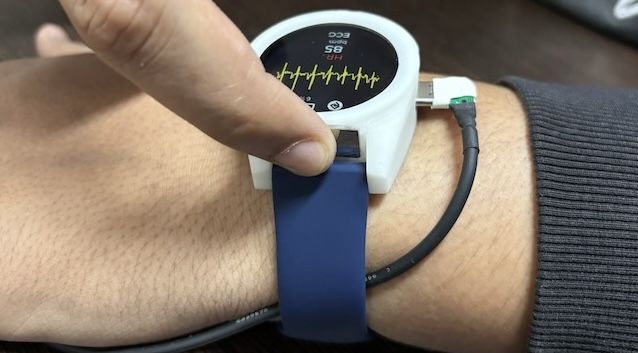
Onboard Computing & Interfaces
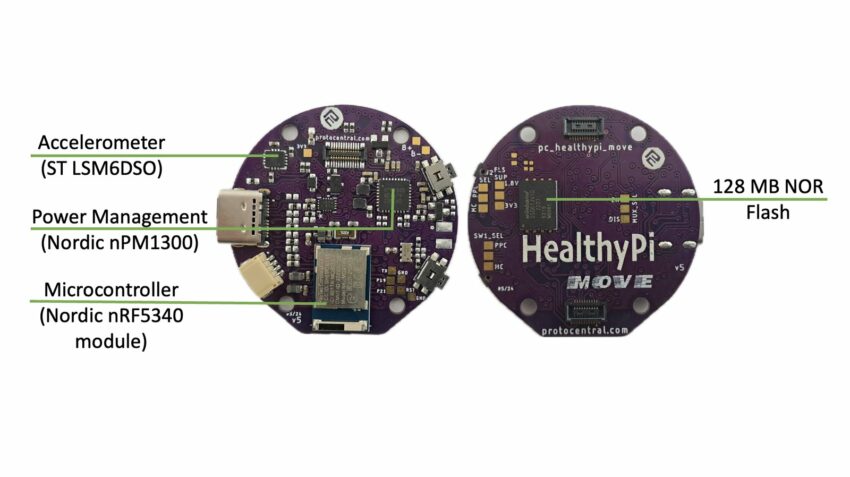
Powered by the Nordic nRF5340 dual-core SoC, HealthyPi Move offers robust processing capabilities with 1 MB of flash and 512 KB of RAM. An onboard 128 MB flash memory stores up to 10 days of processed data. The device supports Bluetooth Low Energy (BLE) 5.2 and USB Type-C for data transfer, charging, JTAG, and UART access.
Software & Programming
HealthyPi Move’s firmware is based on Zephyr RTOS and the nRF Connect SDK, enabling over-the-air (OTA) updates via BLE or USB. It’s also user-programmable, allowing direct programming with an nRF DK or J-Link programmer through a USB Type-C port.
Features & Specifications
- Microcontroller: Nordic nRF5340 dual-core ARM M33
- Sensors: MAX30001 ECG, MAX30101 PPG, MAX32664 Sensor Hub, LSM6DSO 6-DoF IMU, MAX30205 Body Temperature Sensor
- Memory: 128 MB NOR QSPI flash
- Display: 1.28-inch TFT with capacitive touchscreen
- Power Management: Includes a Nordic nPM1300 PMIC with USB Power Delivery support
- Battery: 200 mAh Li-Po with integrated charger
Enclosure Design
The current prototype is SLA 3D-printed, with a final version planned to be injection molded from biocompatible ABS. The enclosure supports easy assembly and repair, accommodating any standard 22 mm watch strap.
Support & Documentation
HealthyPi Move’s hardware and software are fully open-source, with comprehensive documentation available on GitHub. The design files, firmware, and companion apps for various platforms are provided to facilitate development and customization.
HealthyPi Move offers a powerful, customizable, and open-source solution for biometric monitoring, combining clinical-grade precision with the freedom of user control and innovation.


